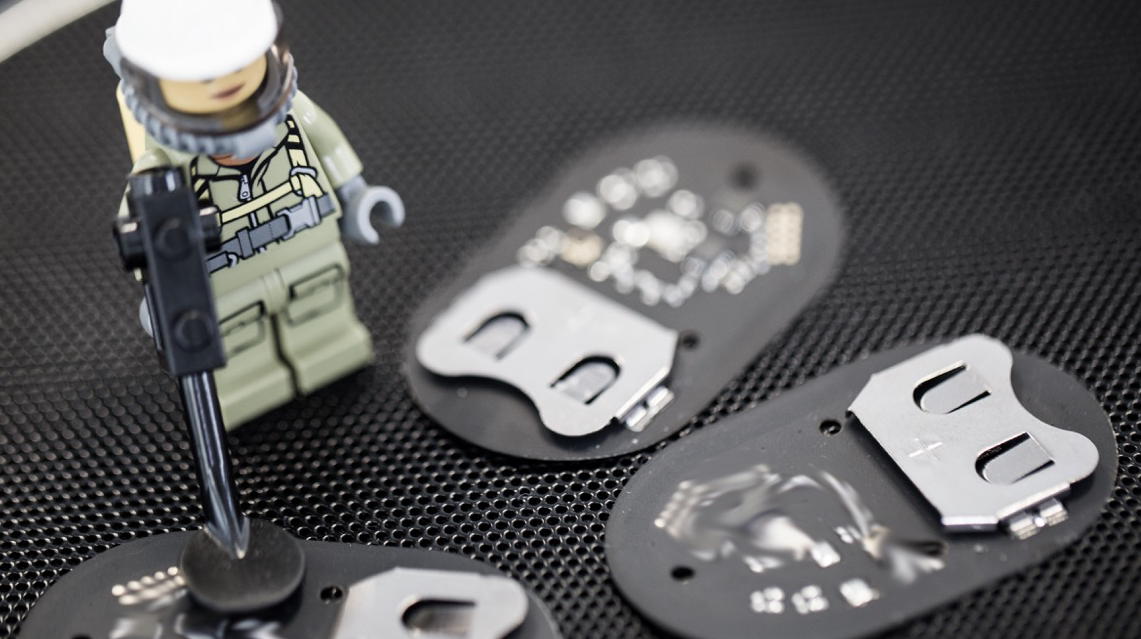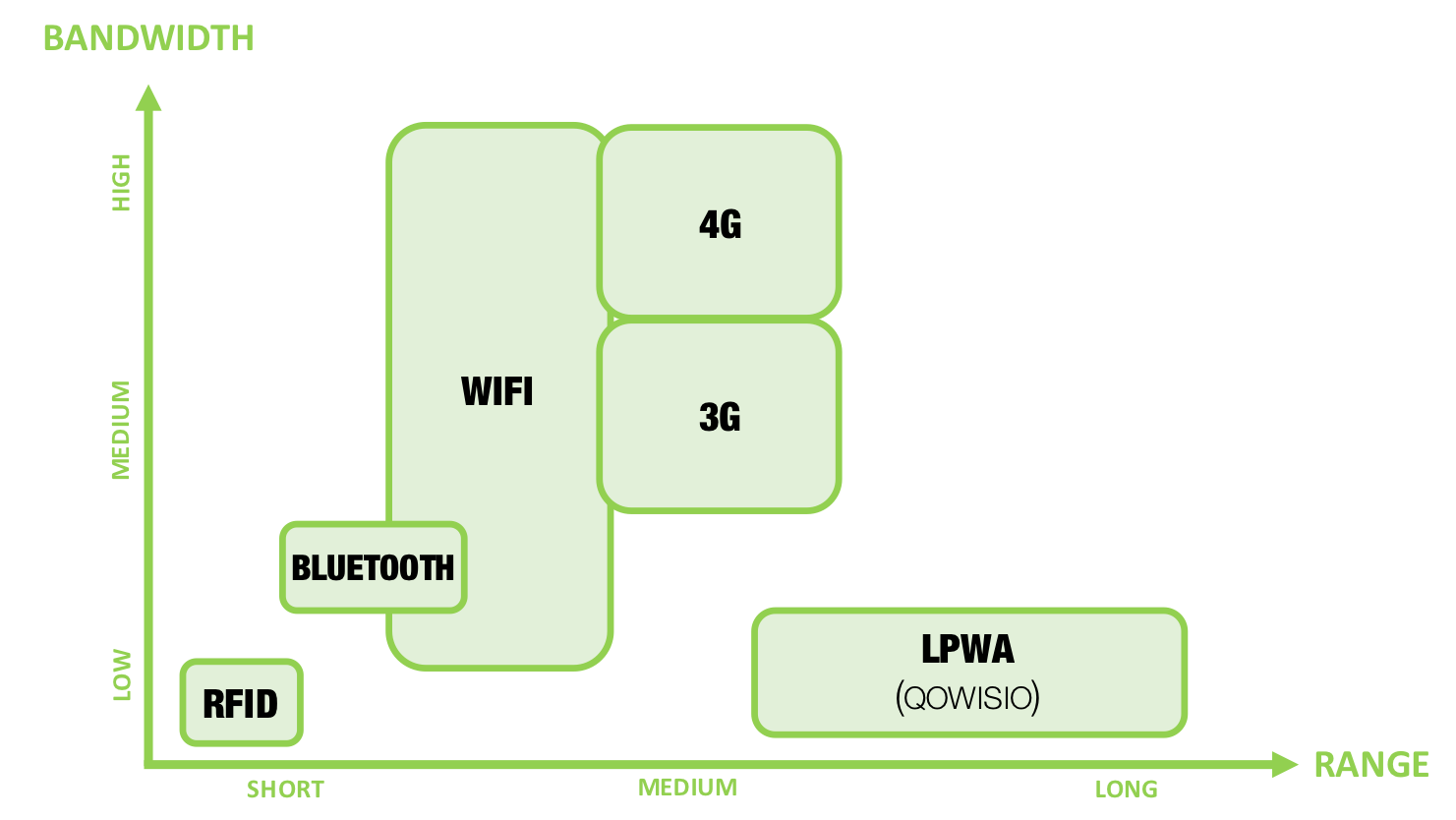UNDERSTANDING THE INTERNET OF THINGS (2/3)
If you are not a “geek” or technology-lover, the Internet of Things may seem out of reach, complex and only made for insiders. If this is the case for you, you have come to the right place. We have launched a series of articles aiming to help people understand the Internet’s 3rd revolution in a clear and concise way.
Essentially, the Internet of Things revolves around 3 key points: an object (“thing”), a form of connectivity and data availability.
Following the article on the ingredients of a connected device, let’s now discuss connectivity.
Connectivity: choose the tools adapted to your recipe
Let’s stick with our culinary metaphors.
Depending on the nature of the recipe you’re looking to make, you will need the best adapted tools.
In this regard, depending on the type of connected device you have (and its function), certain forms of connectivity will be more or less relevant or adapted.
The different forms of connectivity are generally differentiated based on two criteria:
- Range (area covered by each antennae in the network)
- Bandwidth (the quantity of data that can be delivered across the network)
Overview of the main types of connectivity:
RFID (Radio Frequency Identification): RFID makes it possible to memorize and collect small quantities of data over long distances. The radio signal is emitted along a beam, traveling distances from a few centimeters to a few meters, depending on the strength of the installation and frequency used. The system requires an interrogator device (active devices, radio frequency emitters) and a reader device (tags, labels).
- Main applications: baggage handling in airports, shop inventory management or general stock management.
Bluetooth: it is a communication standard that enables a two-way exchange of data over very short distances (around ten meters) using UHF radio waves on a frequency band of 2.4 GHz
- Main applications: mass-market wearables, computer mouses
WiFi: Wi-Fi was initially named after the certification granted by the Wi-Fi Alliance, the organization responsible for maintaining interoperability between devices based on the 802.11 standards. As such, a WiFi network is in fact a network that meets 802.11 standards.
WiFi enables users to transfer large volumes of data within a limited range: from several dozen meters to several hundred meters in an open environment.
WiFi consumes a significant amount of energy and is therefore not suited to all applications.
- Main applications: tablets, smart homes, remote surveillance cameras…
Cellular networks (3G/4G): provided by mainstream telecoms operators, these networks allows users to exchange large quantities of data across a range of several kilometers.
These types of networks are not particularly well adapted to connecting small devices, for two reasons: the device must have space to accommodate a SIM card and a battery (because these networks consume a significant amount of energy)
- Main applications: smartphones smart homes, connected cars
Low-power wide area networks (LPWA): UNB (Qowisio, Sigfox), LoRa.
These networks enable users to exchange small volumes of data (a few bytes), but across very long distances (from a few kilometers in urban environments, to several dozen kilometers in rural areas).
As such, these networks are particularly well adapted to connecting small (because they consume very little energy) and inexpensive devices.
- Main applications: logistics, agriculture, smart cities
In this regard, the types of connectivity used will determine the size, battery life, cost and usage (indoor or outdoor) of your device.
For example, cellular networks (3G/4G) are not well adapted to connected devices that do not have a long battery life. In much the same way that low-power networks are not well adapted to transporting data streams of videos from remote surveillance cameras.
To sum up, each form of connectivity has its own characteristics which are adapted to its intended applications.
Therefore, it is not a case of competition between the different types of connectivity, rather, it is the intended application that will determine which form of technology is best adapted.
To round up on a culinary note, the pan you use to make a paella for 50 people is not the best option for making a fondant au chocolat.
Thus, the choice of connectivity option depends on the nature of your project.

